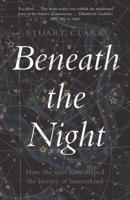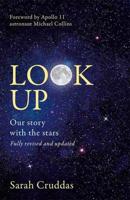Publisher's Synopsis
The Case 2 chlorophyll a algorithm is based on a semi-analytical, bio-optical model of remote sensing reflectance, R(sub rs)(lambda), where R(sub rs)(lambda) is defined as the water-leaving radiance, L(sub w)(lambda), divided by the downwelling irradiance just above the sea surface, E(sub d)(lambda,0(+)). The R(sub rs)(lambda) model (Section 3) has two free variables, the absorption coefficient due to phytoplankton at 675 nm, a(sub phi)(675), and the absorption coefficient due to colored dissolved organic matter (CDOM) or gelbstoff at 400 nm, a(sub g)(400). The R(rs) model has several parameters that are fixed or can be specified based on the region and season of the MODIS scene. These control the spectral shapes of the optical constituents of the model. R(sub rs)(lambda(sub i)) values from the MODIS data processing system are placed into the model, the model is inverted, and a(sub phi)(675), a(sub g)(400) (MOD24), and chlorophyll a (MOD21, Chlor_a_3) are computed. Algorithm development is initially focused on tropical, subtropical, and summer temperate environments, and the model is parameterized in Section 4 for three different bio-optical domains: (1) high ratios of photoprotective pigments to chlorophyll and low self-shading, which for brevity, we designate as 'unpackaged'; (2) low ratios and high self-shading, which we designate as 'packaged'; and (3) a transitional or global-average type. These domains can be identified from space by comparing sea-surface temperature to nitrogen-depletion temperatures for each domain (Section 5). Algorithm errors of more than 45% are reduced to errors of less than 30% with this approach, with the greatest effect occurring at the eastern and polar boundaries of the basins. Section 6 provides an expansion of bio-optical domains into high-latitude waters. The 'fully packaged' pigment domain is introduced in this section along with a revised strategy for implementing these variable packaging domains. Chlor_a_3 values derived semi-...









